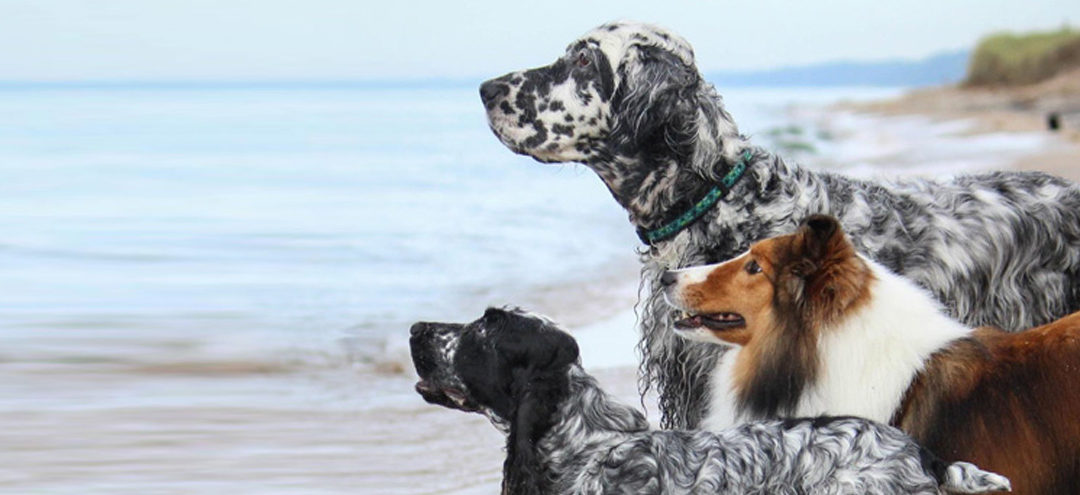- Self taught
- Apprentices
- Employer-based/superstores
- Home study programs
- Hands-on training programs
Part of learning to be a groomer is understanding pet behavior and proper handling skills. Your enthusiasm and compassion for animals, combined with the skills and techniques you will learn at Paragon, will provide the building blocks of your grooming career.
Whether you are seeking a job locally or across the country, we can help you find the work home that’s perfect for you.
Education shouldn’t end at graduation. Dedicate yourself to a lifetime of learning to become the best you can be.
You need to think about what your physical limitations are. You’ll be lifting and hoisting pets that weigh anywhere from 2 pounds 102 pounds or sometimes even more. For some people, the repetitive motion that goes along with clipping and scissoring can pose problems on hands and shoulders. We are just now starting to see the effects of the dryers with long-term use on our hearing if we have not used protective hearing aids. This is a job that requires you to stand for long hours on your feet. And the dog hair – that will get everywhere and sometimes even acts like slivers penetrating your skin. There are lots of things out on the market that can help minimize the physical attributes of the job like hydraulic and electric cables, brushes, clippers and shears that are lightweight ergonomically designed for your hand, high velocity dryers and footwear, protective goggles and ear protection plus clothing that is designed to be comfortable while giving you the support necessary for long hours of standing protecting your skin.
Unfortunately, not all pets enjoy the grooming process although most of them are pretty agreeable. Anybody that works with animals knows that part of the job is you will be scratched, peed on, pooped on and bit at.
You definitely need to have patience combined with physical strength and endurance to be able to groom pets – and not everybody is cut out to do it no matter how deeply rooted their desire is to work with is pets on a professional level.
The American Veterinary Medical Association website has a pet ownership calculator built right into its pages. Simply type in the population of your community and submit the number and it will give you the breakdown of the number of Pet-Owning Households that have dogs, cats, birds, and horses as well as the number of pets in each category. Simply go to www.avma.org and click on the reference link. Once you get the reference area click on the pet ownership calculator and fill in your information.


